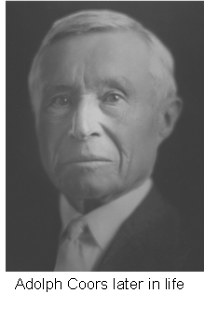There were fewer Naperville citizens in 1966 and a much smaller police force of about a dozen, but a very familiar face started his career that year.
While he later he served as our long-time mayor, Arthur George Pradel became a Naperville police officer on June 1, 1966.
He very nearly didn’t make it. At five foot two, George was not tall enough to meet the height requirement. But Harold Moser, who served on the Police Board, made an exception. Moser said: “If he’s tall enough for the Marine Corp, he’s tall enough for me.”
Already a family man, George and Pat were living in Naperville while George traveled into Chicago to work at a Texaco warehouse every day and then volunteered at night for the Oak Park Terrace police department.
When one night a week became three, Pat told him “If you love this so much, why don’t you apply to the Naperville police department which is closer?” George completed law enforcement classes at College of DuPage and then applied for the job.
The first month was a probationary period so he continued his “day job” while patrolling at night.
 At that time, the Police Department was housed in part of the Fire Department building on Jefferson Avenue, where Lou Malnati’s is. It was a fairly new building having been completed in 1957 after three years of construction. There was a gun range in the basement and the Naperville Chamber had offices there at one time as well.
At that time, the Police Department was housed in part of the Fire Department building on Jefferson Avenue, where Lou Malnati’s is. It was a fairly new building having been completed in 1957 after three years of construction. There was a gun range in the basement and the Naperville Chamber had offices there at one time as well.
Like many officers at the time, George worked extra jobs to support his family such as making donuts at Tasty Bakery before his shift and delivering flowers for Trudy’s during the holidays.
George served 29 years as a Naperville Police Officer. When he retired, he asked the man who gave him his start “How’d I do?” Moser replied: “I never had a doubt.”

















